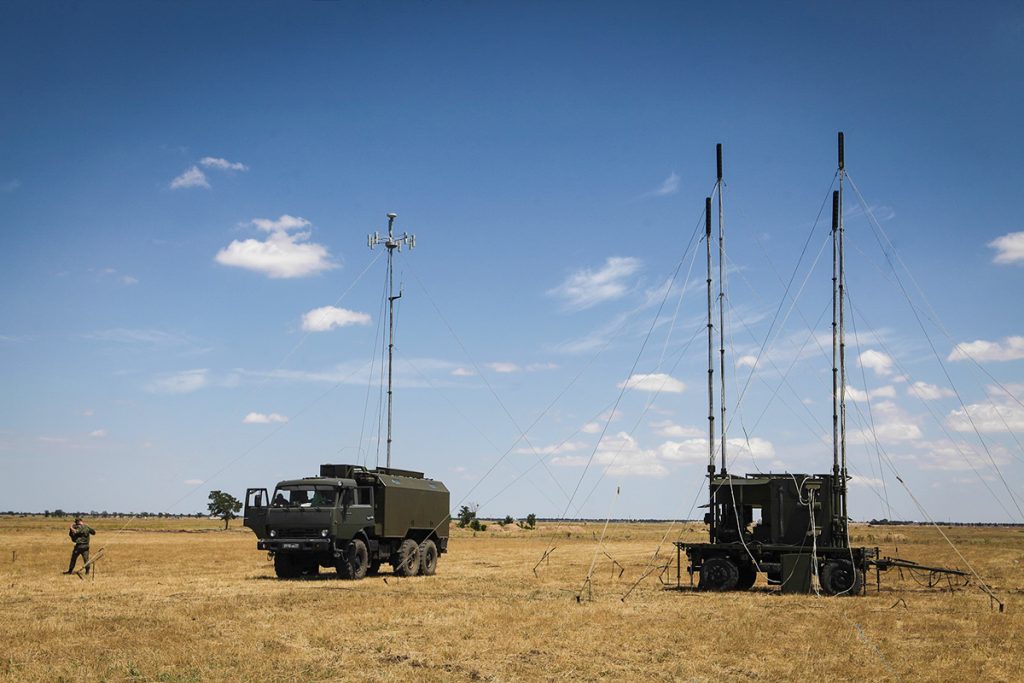
“Electronic warfare is the invisible front line,” as one senior Ukrainian officer said earlier this year.Over Ukraine’s contested skies and fields, the struggle for possession of the electromagnetic spectrum is as decisive now as the artillery duels or tank engagements. When a rare Russian R-330Zh Zhitel electronic warfare station was destroyed in Luhansk this October 2025, it was more than a tactical victory-it was a symbolic strike against one of Moscow’s most cherished battlefield assets.
Zhitel works to jam communications, disrupt navigation, and locate radio emissions for follow-on strikes. Its destruction underlines Ukraine’s evolving mastery in the detection, targeting, and neutralization of high-value EW systems. This victory did not occur in a vacuum it is part of a larger pattern of Ukrainian innovation, intelligence coordination, and precision strike capability which time and again has been able to overcome Russia’s technological edge.
From gamified drone warfare to the exploitation of vulnerabilities in Russian command and control, the range of successes which Ukraine has recorded over EW platforms underlines a multi-layered approach. Here are ten critical elements behind these operations that each sheds light on how the forces of Kyiv are managing to dismantle one of the most elusive weapons of the Kremlin.

1. Precision Strike in Luhansk
On October 6, 2025, a video emerged from the Unmanned Systems Forces of Ukraine of the extremely rare R-330Zh Zhitel being destroyed in Luhansk. Working off of aerial reconnaissance provided by the State Border Guard Service, the 412nd ‘Nemesis’ Regiment conducted a precision night attack with bomber drones. The dual offensive and defensive capability of Zhitel made the device a high-priority target: it can conduct communications jamming and triangulate radio sources for artillery or missile strikes.

2. Coordinated Intelligence and Artillery
It was similar to a July 2024 Donetsk action where another Zhitel was taken out by Ukraine’s Defence Intelligence with the 45th Artillery Brigade after its coordinates were passed on to artillery units upon being identified by aerial reconnaissance for precision engagement. Such combined missions epitomize Ukraine’s ability to create a seamless kill chain-fusing intelligence, surveillance, and kinetic fire.

3. Gamified Drone Warfare
The bonus system in place for the Army of Drones in Ukraine incentivizes strikes, doles out points that can be turned in for gear. The units compete, their standings on the leaderboards good for drones and EW gear. Commanders emphasize mission over point-chasing, but this system has increased the tempo of operations, spurred peer-to-peer learning, and indirectly boosted the hunt for high-value EW assets such as the Zhitel.
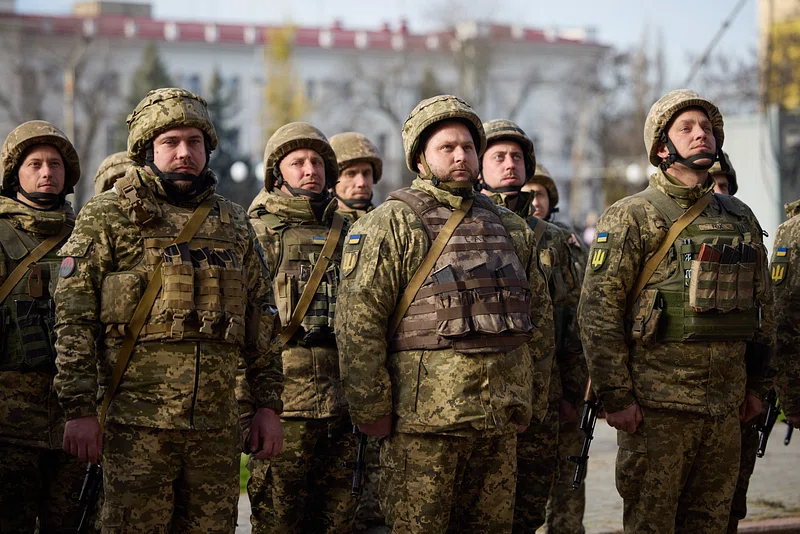
4. Exploiting Russian Command Weaknesses
Early in the war, Russia’s reliance on unsecured communications allowed Ukrainian EW units to intercept, jam, and geolocate transmissions. Poor coordination added to this vulnerability-a situation leading to electromagnetic fratricide, or in other words, Russian forces jamming their own systems. Such weaknesses have made it easier for Ukraine to detect and target EW platforms without excessive counter-jamming risk.
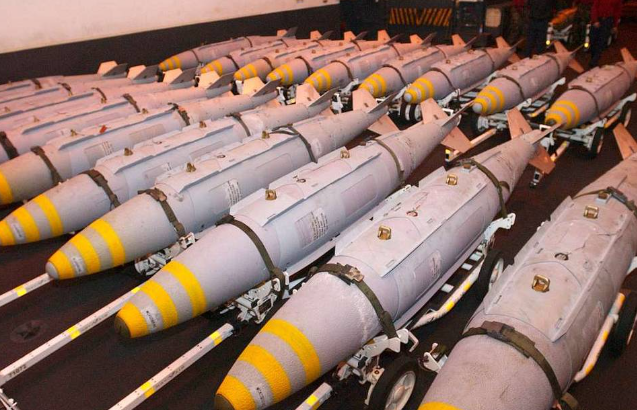
5. Understanding the Zhitel’s Threat
The R-330Zh operates within 100 MHz up to 2 GHz with up to 10 kW jamming power and 30 km range. Given that it can even jam GPS signals, including those guiding JDAM-ER munitions, neutralizing it has strategic implications-the ability of Ukraine to precision strike, coupled with a degradation in Russia’s broader battlefield situational awareness.
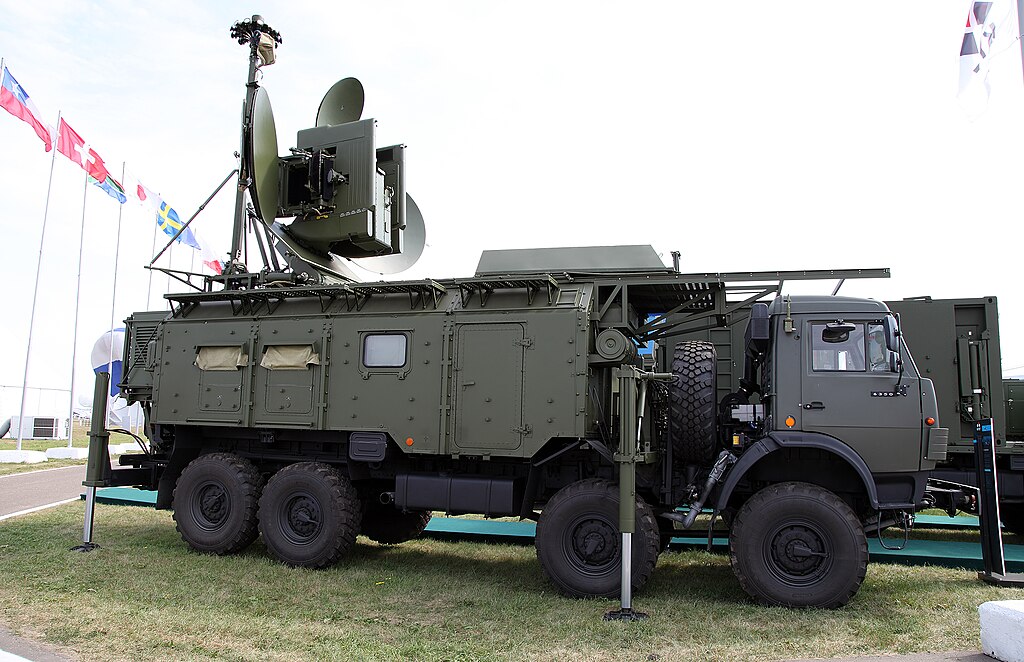
6. High financial and operational impact:
A single Zhitel is estimated to cost around $10 million, built in small batches with classified components. At least 23 were lost by Russia since 2022, according to Oryx-a tremendous operational and financial loss. The rarity and expense of these systems mean that their destruction has outsized effects on Russian EW capacity.
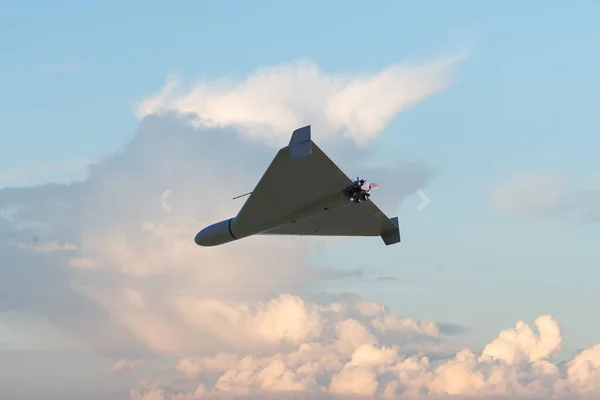
7. Countering Kometa Smart Antennas
The systems on Russia’s drones and bombs, Kometa CRPA systems, filter out the jamming signals Ukraine has adapted by deploying enough jammers to overwhelm even upgraded 16-element arrays. Spoofing systems like Pokrova add another layer, feeding false navigation data that no amount of null-steering can block.
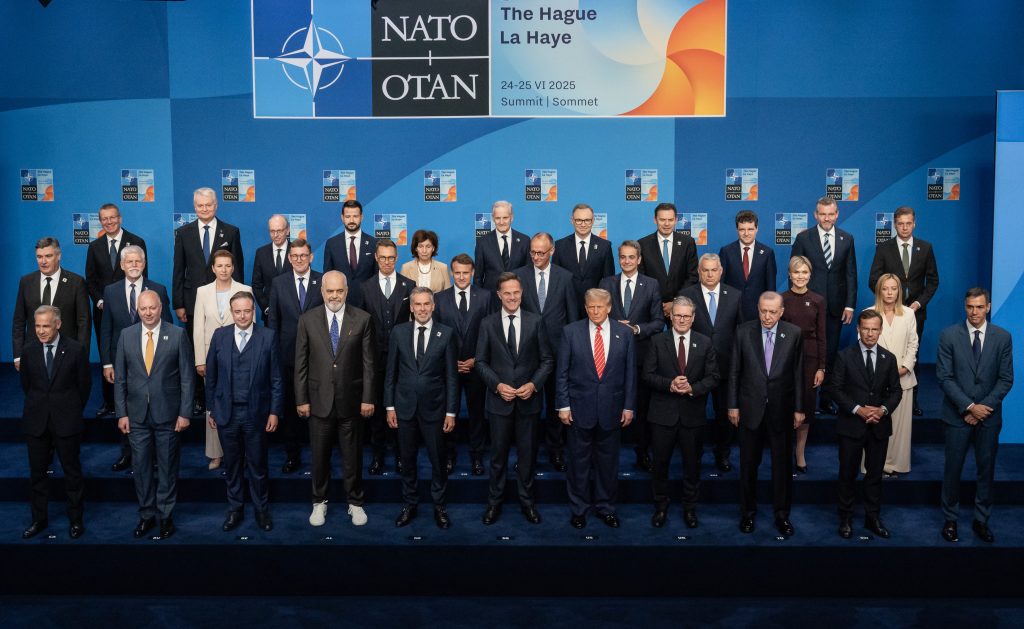
8. Leveraging Commercial and Indigenous Tech
The Ukrainian government has been integrating commercial solutions-from the Starlink terminal to modified, commercial-off-the-shelf drones resistant to jamming-and home-grown innovations, with designs such as handheld jammers and AI-enhanced ground robotics. All such tools, in concert with NATO-supplied frequency-hopping radios, have hardened communications and improved EW survivability.

9. Targeting the EW Supply Chain
Knowing the location in St. Petersburg and having proof of the foreign components in the Russian EW systems, Ukraine and allies may pursue sanctions or strikes against the supply chains in attempts to disrupt production and therefore hinder Russia’s replacement of its lost Zhitel units.
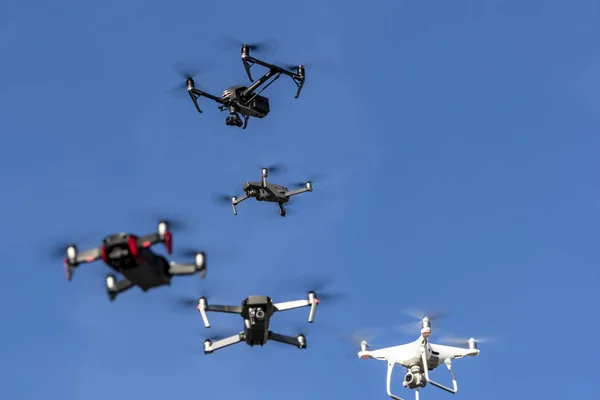
10. Continuous Tactical Evolution
Both sides move fast in the EW contest, yet Ukraine’s decentralized command and pace of tactical integration have proved decisive. From flight profiles at low altitude to evade detection, to swarm drone attacks on hidden EW trucks, the emphasis is on agility and exploiting every weakness in Russian systems. The destruction of the ‘Ghost’ EW system in Luhansk is emblematic of Ukraine’s broader strategy: combining intelligence, precision, and innovation to neutralize high-value assets.
Every Zhitel that goes up in smoke removes a tactical threat but also whittles away at Moscow’s confidence in its technological edge. Adaptability is the critical weapon as battlespace continues to evolve electromagnetically and Ukraine is proving it can wield the weapon effectively.


